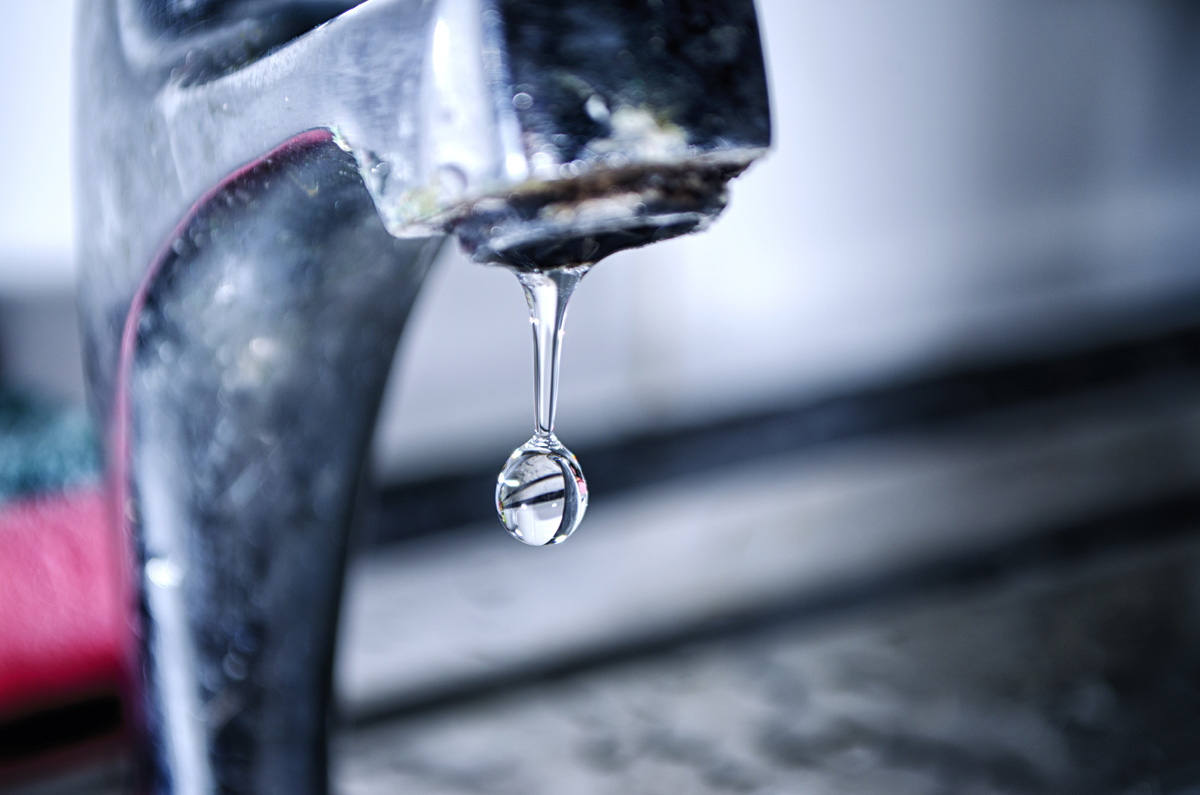Winter weather brings snow, ice, and freezing temperatures to many parts of the country. In addition to creating headaches like frozen windshields, slick and icy roads, and expensive electricity bills, cold air can also seriously damage your home’s plumbing system. When temperatures are at or below freezing, the water inside your pipes can solidify, causing them to expand and put extreme pressure on the metal or plastic. If the pressure is severe, your pipes can burst.
Burst pipes can result in flooding and expensive water damage throughout your home—not to mention the amount you’ll pay to have them repaired or replaced. In the case of burst pipes, an ounce of prevention is worth a pound of cure. Thankfully, protecting your pipes when cold air moves into your area during the winter is a simple process.
Follow These Steps to Prevent Pipes from Bursting
It’s important to pay attention to pipes and anything that connects to water lines both inside and outside your home. You can protect your pipes by first inspecting the exterior of your home and taking the following steps:
- Disconnect, drain, and properly store garden hoses.
Garden hoses can contain large amounts of water if they aren’t properly drained. And even drained hoses can accumulate water if the pipe or tap leaks while they’re still connected to the spigot. Always disconnect garden hoses before you expect freezing temperatures, as the frozen water isn’t just capable of damaging your hose, but it can also generate pressure that can cause your interior pipes to burst. - Shut-off valves for exterior spigots and protect them with insulators.
Turn off the water supply to your exterior spigots and make sure they are completely drained. Then, protect them by using faucet insulators. These inexpensive devices are another important step to making sure your pipes are protected. - Drain your swimming pool and water sprinkler lines.
Another major source of pipe-fed water outside your home is your swimming pool and sprinkler system. Make sure to drain both before winter weather hits, and follow the manufacturer’s or installer’s directions when you do it to properly winterize them and avoid damage.
When it comes to protecting pipes inside your home, make sure you follow these steps:
- Keep your heat running and warm your home to at least 55 degrees.
Every room in your home that has pipes should remain at least 55 degrees during cold weather. That’s the minimum temperature to keep pipes warm enough to avoid freezing water and possible pipe damage. Avoid turning off your thermostat or dropping it to very cold temperatures if you leave your home an extended period during the winter. - On very cold nights, open your cabinets and drip water from your faucets.
When temperatures drop well below freezing, additional measures should be taken to prevent freezing, even if you have the heat running. That includes opening cabinet doors in your kitchen and bathrooms to expose the pipes to warm air. Maintaining a slow, steady drip of water can also keep water moving and prevent it from freezing.

